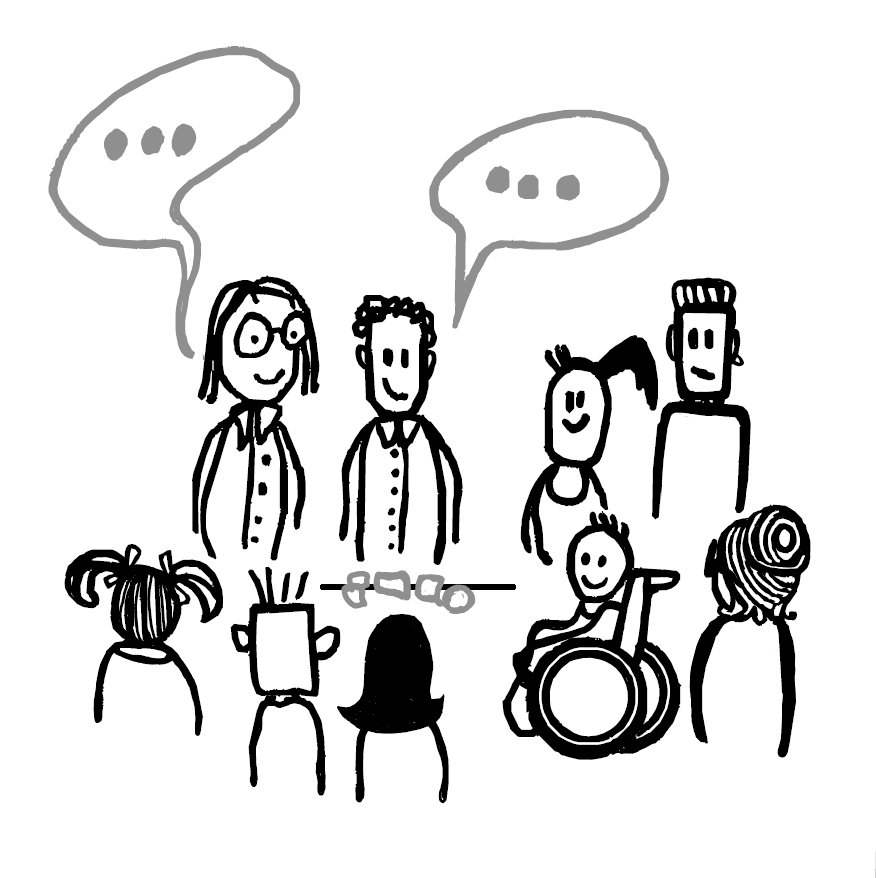
Scientific mediation aims to share scientific knowledge with a non-specialist audience. It differs from popular science, which is a top-down approach that focuses on scientific and technical issues, whereas scientific mediation takes a more dialogue-based approach with audiences. It aims to strengthen the link between science and society and helps to inform public debate.
Objective
The laboratory is called upon in many contexts to present its research work, including recurring events aimed at the general public (Fête de la Science, Journées nationales de l’architecture, Journées européennes de l’Archéologie, etc.). These meetings with different audiences allow us to explore new ways of disseminating scientific culture, by varying the formats and technologies used depending on the results presented.
Work method
- Technology watch on innovative mediation systems
- Participation in CNRS professional networks (Com’On)
- Development of new scientific mediation tools
Members
- Judith Hannoun, Research Engineer, Open science, Scientific integrity, Scientific mediationjudith.hannoun@-Code to remove to avoid SPAM-map.cnrs.fr, +33 4 91 16 43 49
- Adeline Manuel, Research Engineer, Management, Partnership intelligence, Scientific mediation, Transfer and valorizationadeline.manuel@-Code to remove to avoid SPAM-map.cnrs.fr, +33 4 91 16 43 55
- Ariane Néroulidis, Engineer, Citizen science, Open science, Scientific mediationariane.neroulidis@-Code to remove to avoid SPAM-map.cnrs.fr, +33 4 91 16 43 47


